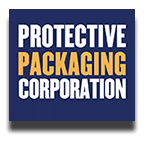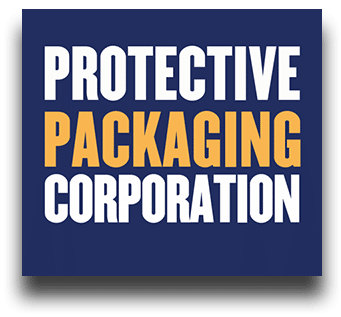The terms “static shielding” and “anti-static” seem to be interchanged everywhere. Even Wikipedia offers the terms up as close synonyms, but there are huge differences between static shielding and and anti-static materials. They are not the same thing, and should not be treated as such.
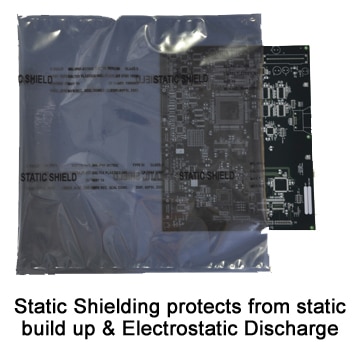
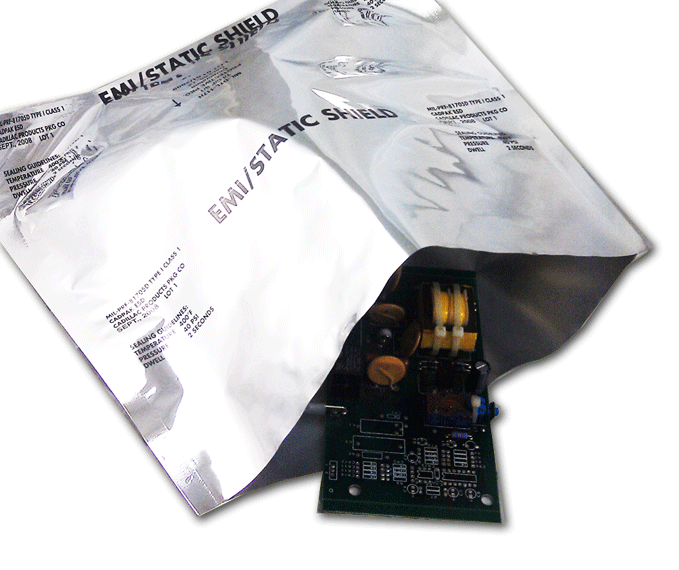 Another class of static shielding bags are moisture vapor barrier (MVB) shielding bags. These materials shield from electromagnetic interference (EMI) as well as radio frequency interference (RFI) and static. This is mainly accomplished by using a much thicker metal layer, inhibiting the moisture vapor transmission rate (MVTR) by a factor of over 20 times more compared to ordinary shielding bags.
Another class of static shielding bags are moisture vapor barrier (MVB) shielding bags. These materials shield from electromagnetic interference (EMI) as well as radio frequency interference (RFI) and static. This is mainly accomplished by using a much thicker metal layer, inhibiting the moisture vapor transmission rate (MVTR) by a factor of over 20 times more compared to ordinary shielding bags.
Anti-static materials, on the other hand, ONLY prevent the build up of static electricity. The material itself will not generate or hold a triboelectric charge, so it will not be a carrier that introduces static into a static controlled environment. These materials DO NOT protect from electrostatic discharge (ESD). 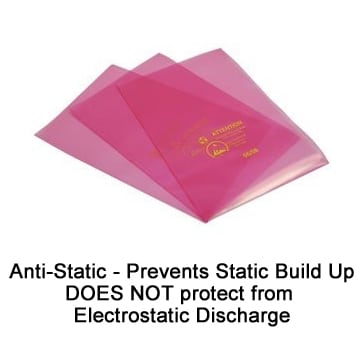
So what do you need? It depends on your products and where you are sending them. The US military requires all electronic components (circuit boards, hard drives, sound cards, etc) to be packaged in materials that meet the stringent specifications of MIL-PRF-81705, which is a static shielding material. If you are not shipping or storing electronic components or items that can be damaged by static, but your products may be shipped to an area that is static controlled, you can get by with the pink poly, anti-static material.
Call to order ESD bags with anti-static AND static shielding properties at 1-800-644-4032, or order rolls of ESD material online.
We have noticed products claiming to be MIL-PRF-81705 that are not certified to this MIL SPEC. Be sure to always check product documentation and the government maintained Qualified Product List for MIL-PRF-81705 to make sure you are using material that meets the standards for your military packaging project.
